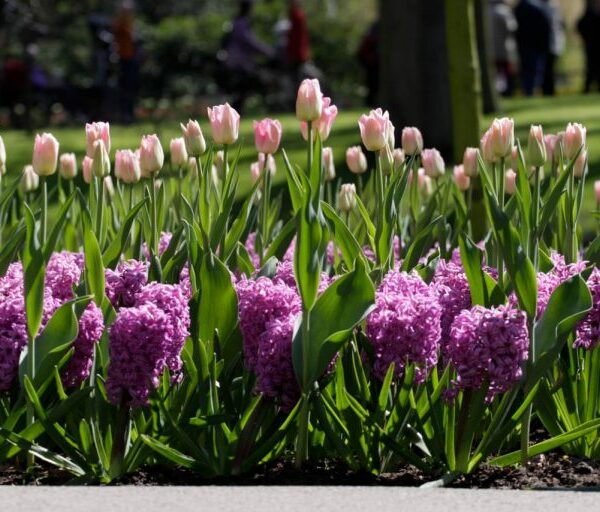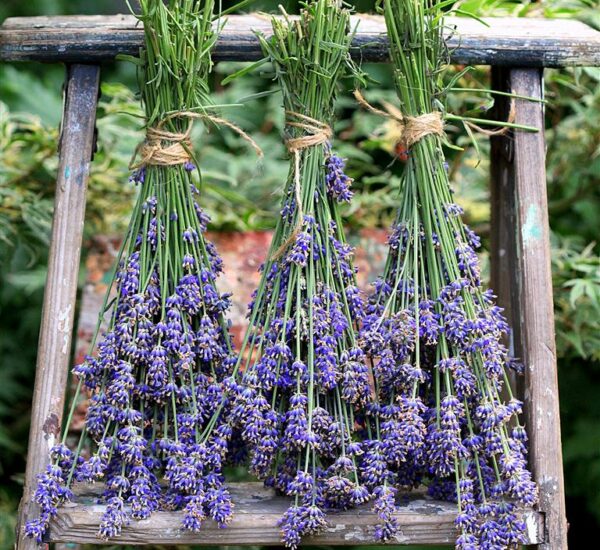Introduction to Thornless Roses
Thornless roses, if they exist, would be a dream come true for gardeners and rose enthusiasts, providing a safe and beautiful addition to gardens and landscapes.
Understanding Rose Prickles
Before delving into thornless roses, it’s important to distinguish between true thorns and prickles. True thorns have a vascular connection to the stem and are primarily found on shrubs and trees, while rose prickles are modified hairs that lack this connection, making them easier to breed and manipulate.
The Quest for Thornless Roses
Horticulturists and rose breeders have long strived to develop roses with fewer or no prickles, resulting in varieties that are marketed as “thornless” or “nearly thornless.”
Varieties of Thornless Roses
There are several rose varieties and cultivars that are known for having reduced prickles, such as ‘Zéphirine Drouhin,’ a thornless climbing rose, and ‘Smooth Satin,’ a nearly thornless hybrid tea rose.
Are They Truly Thornless?
While some roses are labeled as “thornless,” in reality, they may have very few, fine prickles rather than true thorns. It’s important to manage expectations and handle these roses with care.
Benefits of Thornless Roses
Thornless or nearly thornless roses are more user-friendly, making them suitable for family gardens and areas with high foot traffic. They are also easier to prune and maintain.
Selecting and Caring for Thornless Roses
When choosing a thornless rose, consider factors like climate suitability, bloom color, and fragrance. Proper planting, pruning, and maintenance are essential for the health and longevity of these roses.
Conclusion
While truly thornless roses may remain an elusive goal for some gardeners, nearly thornless varieties offer a practical alternative for those seeking the beauty of roses without the prickles. Be sure to consult with horticultural experts and local rose societies for specific recommendations and advice on growing these roses in your region.
Are there thornless roses available for planting, and how do they compare to traditional roses with thorns?
Can you recommend specific varieties of thornless roses that are well-suited for gardens or landscapes?
What are the advantages of planting thornless roses, and are there any drawbacks to consider?
Do thornless roses require different care or maintenance compared to thorned roses?
Are thornless roses available in various colors and sizes, and can they be as visually striking as traditional roses?
Can I use thornless roses for cut flower arrangements or floral displays without the concern of thorns?
How do thornless roses perform in terms of fragrance and resistance to pests and diseases?
What are the ideal growing conditions, including soil, sunlight, and watering, for thornless roses?
Can I find thornless roses suitable for different climate zones and regions?
Are there any special pruning or training techniques for thornless roses to ensure their health and beauty in the garden?
- Tennessee’s THC Beverage Market - June 5, 2025
- Top THC Infused Seltzers in Delaware - June 5, 2025
- Florida’s Hottest THC Infused Beverages - May 28, 2025




